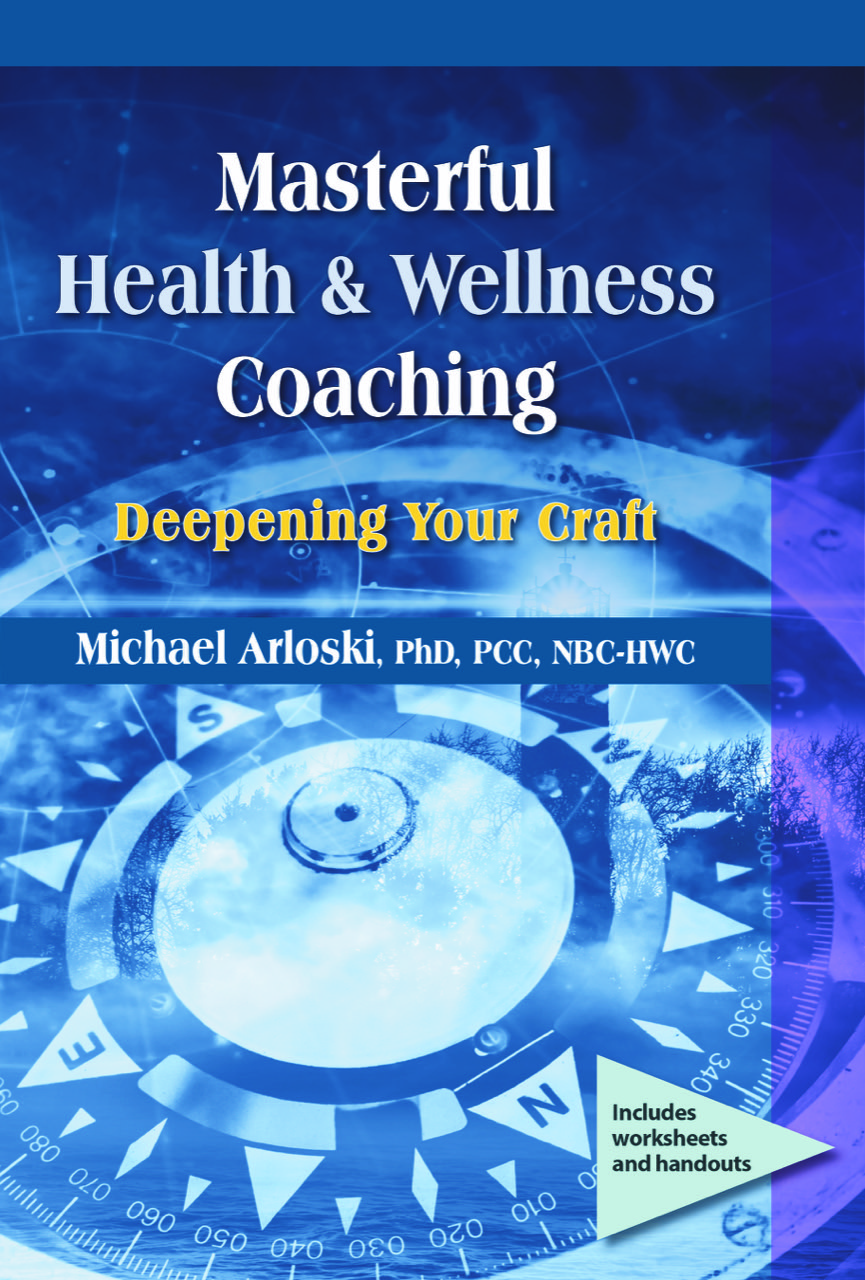Process Coaching: Yes, Coaches “Do Emotions”

How can we walk with our clients through the landscape of emotion and stay on solid and fertile ground? How can we avoid the mud, or even the quicksand of faux-counseling/psychotherapy? We want our clients to harvest the insights and benefit from the emotional release that comes telling their story, while feeling heard, understood, and even affirmed. We want them to know that we are true allies who won’t abandon them the first time they reach for a tissue.
Coaches may treat the world of feelings like they are all stored in a “Pandora’s Box”. Open the lid and we may be headed straight for disaster. Better to keep it closed tight. I’ve been alarmed to hear reports of wellness & health coaches out there working in systems where they say they “don’t do emotions”.
Probably the most challenging territory for coaches who do not have a mental health background is how to do what the life coaching profession calls “process coaching”. Sure, it’s easy to hear a client say they want to lose thirty pounds and quickly construct a wellness plan that has them increasing activity and improving their diet. Goals and action steps are set up and a system of tracking behavior may be implemented. Sounds great…until your client comes in talking about how they only walked one time last week. They feel embarrassed. They say they are sorry they let you down. And now they are almost crying as they relate how frustrating and painful it has been to be overweight most of their life. Like it or not coach, you’ve got to stay with them as they explore these feelings. Shut them down through either changing the subject or just non-verbally communicating your discomfort and you will likely damage the coaching relationship and the client will lose the opportunity to integrate their emotions around this important subject. The client needs to process their feelings.
 Coaching Caution
Coaching Caution
There are also coaches who are more than willing to jump into the territory of emotion. I was very alarmed when I discovered a group of coaches in Northern California who, on their website, promise “deep emotional healing”. It did not appear that any of them were licensed mental health professionals, yet they were inviting clients to come to them to deal with their trauma. As a psychologist who has dealt with the full range of mental health problems and crises, I believe it is far beyond the scope of practice for coaches to enter this realm. It is dangerous and unethical for coaches who fancy themselves as “healers” to offer such false services.
Coaches can effectively work with mental health patients, if they limit their work to coaching and leave the counseling to the mental health pros. A recent article in Psychology Today explored some of the ways coaches are helping in the realm of mental health and also raises some important guidelines and warnings. (http://www.psychologytoday.com/blog/women-who-stray/201402/life-coaches-and-mental-illness)
Be sure to review my previous blog post “The Wellness Coach And Referring Clients To A Mental Health Professional: PART ONE – WHEN” (http://wp.me/pUi2y-bA ) for more in-depth information about making referrals. Another great reference is: “Coaching versus Psychotherapy in Health and Wellness: Overlap, Dissimilarities and the Potential for Collaboration” By Meg Jordan and John B. Livingstone appearing in Global Advances In Health And Medicine, Volume 2, Number 4, July 2013 • www.gahmj.com
Exploring both the external barriers to change, and the internal barriers is an essential part of most effective coaching. Clients benefit greatly by looking at their own self-defeating behavior patterns and do not always do so dispassionately. It may be essential for a client to ask for support in their life with their lifestyle improvement efforts. Yet, their reluctance to ask for help may be an emotional issue. Its roots may never reach Freudian depths. They simply may need to get in contact with their feelings, realize how tender this subject is for them, then, with the unwavering support of their coach, take the risk of reaching out to others.
Process Coaching
Coaching is not just about goals and action steps. It’s about the person’s own experiencing of their life as it intersects with this world. There is continually a lot to integrate. There is also so much growth that is possible. The authors of Co-Active Coaching (2012) explain that “Process coaching focuses on the internal experience, on what is happening in the moment. The goal of process coaching is to enhance the ability of clients to be aware of the moment and to name it… Sometimes the most important change happens at the internal level and may even be necessary before external change can take place.”
These authors also urge us to look at feelings as information rather than symptoms. Our inescapable humanness demands that we accept the fact that we are emotional beings. Recent research confirms that our decision-making processes draw upon feelings 60% of the time rather than logic. Part of the coaching journey is to assist our clients in sorting out their feelings so they can make the best decisions possible. That may mean acknowledging the validity and importance of certain feelings like when a client decides to live according to their values of closeness with their family and turns down the job offer that would keep them on the road most of the month.
 Ten Guidelines For Process Coaching
Ten Guidelines For Process Coaching
1. The vast majority of your clients are functioning at a level where they can handle emotions well. They can gain insight from talking about their feelings.
2. In your initial discussions with your client about coaching you make it clear that your agreement with your client is that coaching is not a substitute for any form of treatment.
3. Read my blog “The Wellness Coach And Referring Clients To A Mental Health Professional: PART ONE - WHEN" (http://wp.me/pUi2y-bA). For a good reference on when to refer.
4. “Get yourself out of the way!” – Realize when the difficulty you are having exploring emotions with your client (or your reluctance to) is really about your own feelings. You may have some emotional work to do yourself. You may have come across an area so tender for you that you have to ask the client’s permission to not explore this topic and help them find other resources to do so. You can also “be in the way” when exploration with your client is more about your own ego-needs.
5. Use the basic active listening skill – Reflection Of Feeling. Don’t just paraphrase what the person says. Offer your observation about the feeling that is apparent in your client as they speak.
6. When your client begins to dive deeper into their history of an emotional issue, “presentify” it. Ask the client to tell you how that experience/history relates to today. “So, I understand how critical your mother must have been, but how does that affect your taking time for self-care today?”
7. Ask permission. Don’t assume that it’s okay with your client to go forth into a new area that is likely filled with emotion. The necessary trust may not be there yet.
8. FAVE: First acknowledge, validate and empathize. Check out my previous blog post on the importance of acknowledging feelings: (http://wp.me/pUi2y-bZ).
9. Allow your client to feel what they feel. Check your temptation to rescue your client when they are still in the shallow end of the pool. Convey your supportive presence as they contact their sadness, grief, joy or anger. Allow them to go beyond an intellectual conversation “about” feelings. Connection with feelings often is what allow a shift to take place within your client and through insight the path to action opens up. Don’t ask “why” the person feels they way they do. Explore it and acknowledge it. Let the client work with their own emotions, with your support and non-judgmental trust.
10. Forward The Action. Real progress is made when clients can take their new awareness and translate it into action. Coaches can get stuck in a carousel of feeling exploration that can go on infinitely. Develop your coaching skills for forwarding the action. Ask powerful questions that explore what the client is ready to do about their new awareness. How can they take what they are now aware of and apply it to what they want in their life? How can what they know now help them make progress towards their goals? Co-create experiments for the client to try out and support them by helping them with ways to be accountable to themselves for carrying it out. When clients stay stuck in that carousel of emotion, when they seem unable to translate their new awareness into action repeatedly it is most likely that you are looking at the need for a referral to a counselor/therapist. This, in fact, is one of the best indicators of the client’s ability to handle emotion and make great use of coaching…or not.
One of the most brilliant things I heard recently was that coaching is not a helping profession. It is an assisting profession. A critical distinction of mindset. We coaches who seek to be “helpers” and “healers” should look into other professions. There are lots of ways to be of great service helping others to heal themselves. If we are okay with “assisting” in the process of working with clients whom we see as “naturally creative, resourceful and whole”; if we are fine with evoking the wisdom within our clients so they can make life-changing use of it, then coach on!
Reference:
Kimsey-House, H., Kimsey-House, K., Sandahl, P., Whitworth, L. (2011) Co-Active Coaching: Changing Business, Transforming Lives. 3rd Ed. Nicholas Brealey America.








Only registered and logged in readers can leave comments.